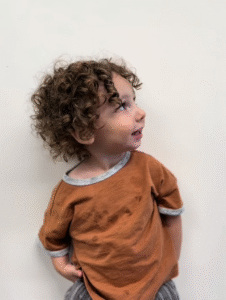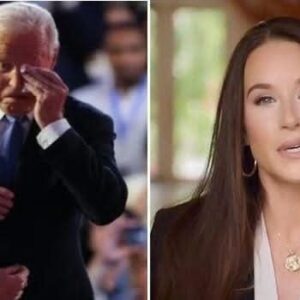Curly hair has always held a certain magic. Spirals, coils, and waves bring texture, depth, and personality that no other hair type can replicate. Yet for decades, many people with curls felt pressured to hide or alter them. Straighteners, chemical relaxers, and endless “smoothing” treatments were marketed as the solution to so-called “unruly” hair. The result was often damaged strands and discouraged hearts. But in recent years, a powerful transformation has emerged—curly hair is being celebrated as a crown of authenticity, beauty, and strength.
The first step in this change has been education. For a long time, curls were misunderstood. Unlike straight hair, curls bend and twist in ways that make them prone to dryness. Natural scalp oils cannot travel smoothly down the shaft, which leaves the ends vulnerable to frizz and breakage. In the past, shampoos with harsh sulfates stripped away what little moisture curls retained. Now, curly routines are centered on hydration. Sulfate-free cleansers wash gently, conditioners restore softness, and deep treatments rebuild resilience. Natural oils such as argan, jojoba, and coconut help lock in moisture, giving curls the nourishment they need to thrive.
Styling methods have also evolved. Instead of forcing curls into shapes they weren’t meant to hold, people are now embracing their natural patterns. Techniques like finger-coiling, plopping, and twist-outs enhance curl definition while minimizing frizz. Diffusing with low heat allows volume to shine without risking heat damage. Modern curl-specific gels, mousses, and creams provide hold while keeping hair touchable and soft. Protective styles such as braids, buns, and twists give curls a chance to rest while offering variety and flair. The new philosophy is simple: don’t fight curls—work with them.
The cultural shift surrounding curly hair has been just as important as the routines themselves. Social media has become a stage where curly-haired individuals share their journeys, struggles, and triumphs. Before-and-after photos inspire confidence, and tutorials help people learn to care for their spirals with patience and love. These communities remind curlies that they are not alone. Representation in advertising, film, and fashion has also grown. Models and actors are proudly wearing their natural texture on red carpets and magazine covers, proving that curls belong everywhere, from the classroom to the boardroom.
The emotional impact of this transformation has been profound. People who once dreaded their reflection now describe wearing their curls as liberating. What was once a source of shame has become a symbol of individuality. Parents are raising their children with a new philosophy: love your hair from the beginning. By doing so, they are breaking generational cycles of insecurity and replacing them with confidence and pride.
Embracing curly hair is about more than beauty. It is about empowerment and identity. Each curl tells a story of resilience, culture, and authenticity. For some, it’s a connection to heritage; for others, it’s a statement of freedom against outdated beauty standards.
Ultimately, the curly hair transformation is bigger than hairstyles and products. It represents a movement toward authenticity and self-love. Spirals, coils, and waves are no longer something to change—they are something to celebrate.
When cared for with love and worn with pride, curls become more than strands of hair. They become radiant crowns—symbols of strength, identity, and beauty that inspire people everywhere to embrace their natural selves unapologetically.





